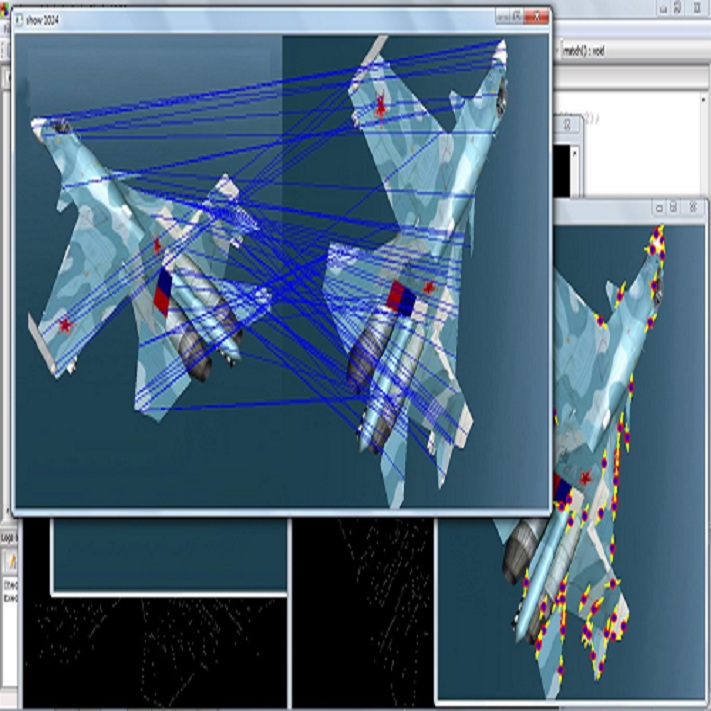Template generation is a crucial step of groupwise image registration which deforms a group of subjects into a common space. Existing traditional and deep learning-based methods can generate high-quality template images. However, they suffer from substantial time costs or limited application scenarios like fixed group size. In this paper, we propose an efficient groupwise template generative framework based on variational autoencoder models utilizing the arithmetic property of latent representation of input images. We acquire the latent vectors of each input and use the average vector to construct the template through the decoder. Therefore, the method can be applied to groups of any scale. Secondly, we explore a siamese training scheme that feeds two images to the shared-weight twin networks and compares the distances between inputs and the generated template to prompt the template to be close to the implicit center. We conduct experiments on 3D brain MRI scans of groups of different sizes. Results show that our framework can achieve comparable and even better performance to baselines, with runtime decreased to seconds.
翻译:模板生成是分组图像注册的关键一步, 它使一组主题变形成一个共同空间。 现有的传统和深层学习方法可以生成高质量的模板图像。 但是, 它们会面临大量的时间成本或固定群体大小等有限应用情景。 在本文中, 我们提出一个高效的群分模板配置框架, 其基础是使用输入图像潜在表示值的算术属性的变异自动编码模型。 我们获取了每个输入的隐性矢量, 并使用平均矢量通过解码器构建模板。 因此, 该方法可以应用到任何规模的组 。 其次, 我们探索一个将两张图像输入共享的双重网络并比较输入和生成模板之间的距离以促使模板接近隐含中心。 我们对不同大小的群进行 3D 脑 MRI 扫描实验。 结果显示, 我们的框架可以实现可比较的甚至更好的性能到基线, 运行时间会缩短为秒 。




